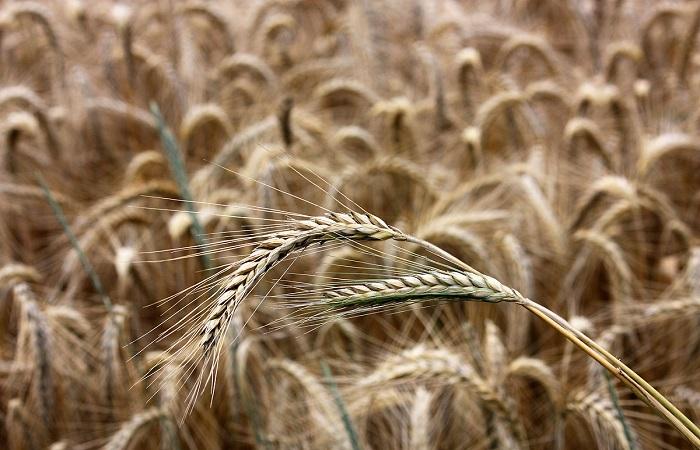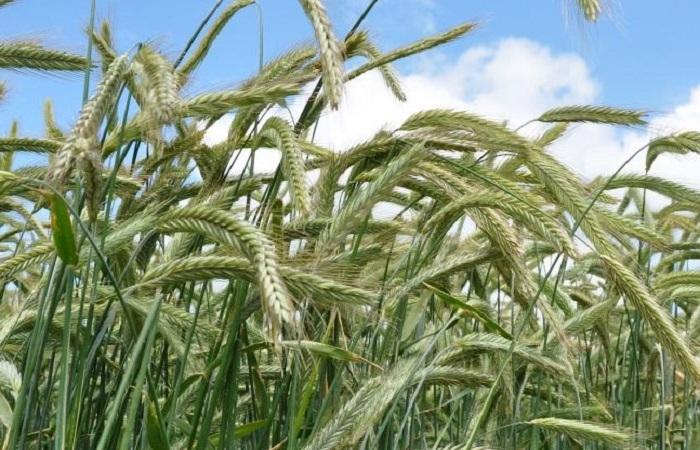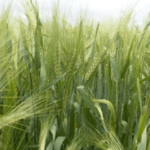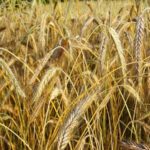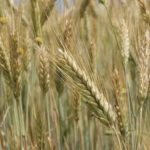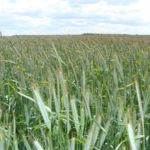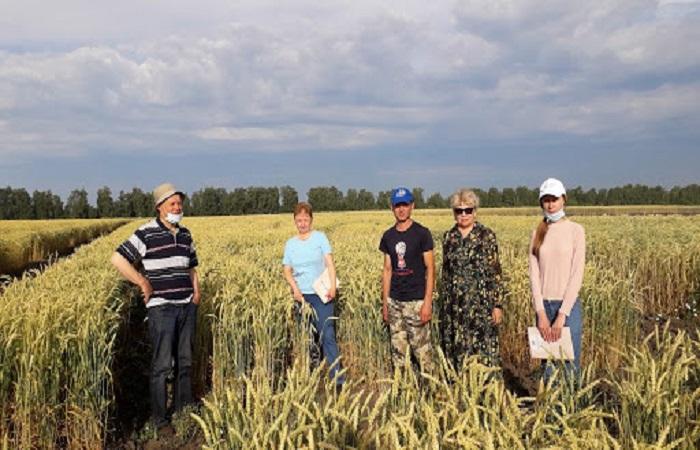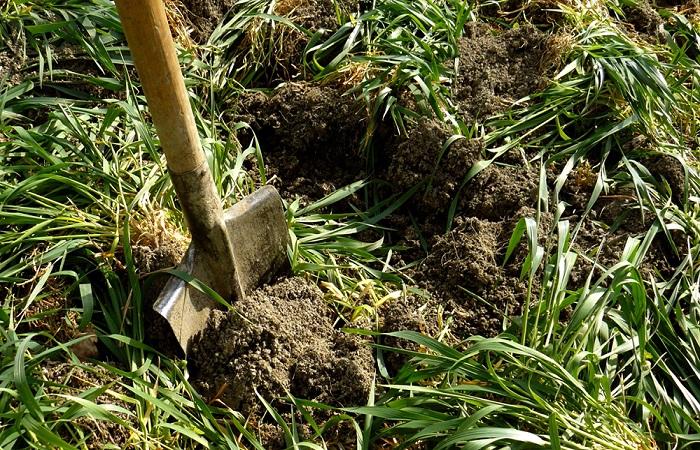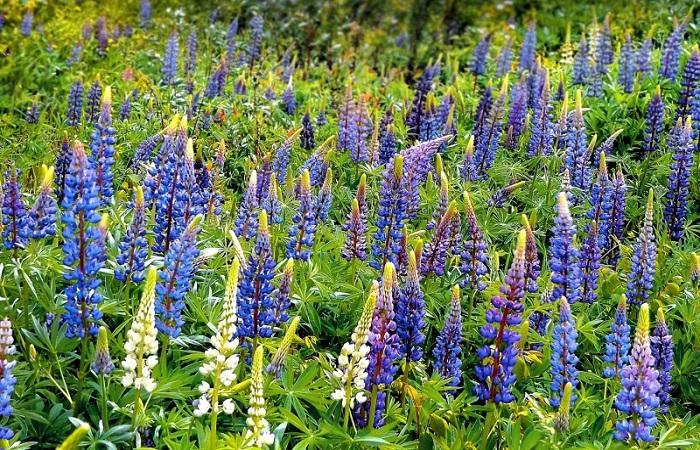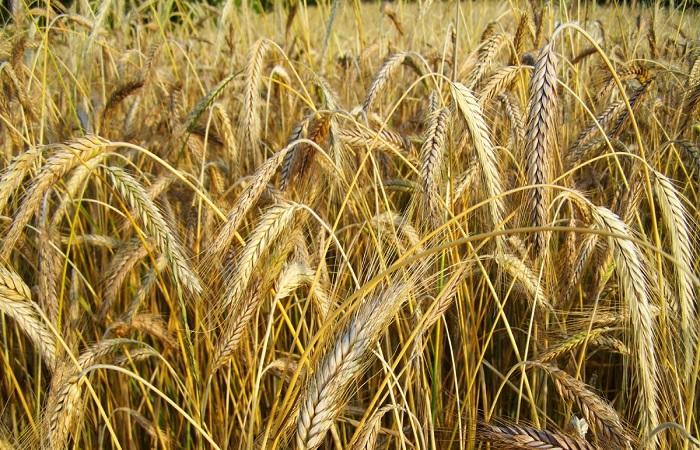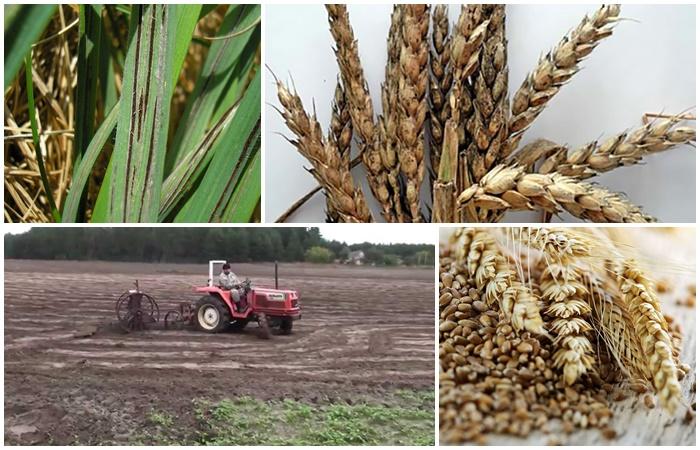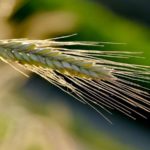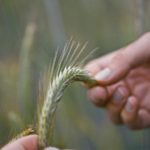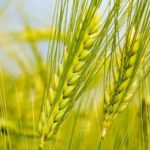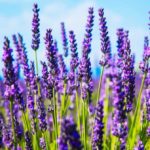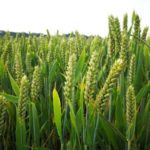Winter rye is an important agricultural crop that belongs to the cereal family. It is also considered an effective green manure. This variety of plant should be planted in late summer or autumn. Thanks to this, it will be possible to get a harvest in the spring or early summer. In order for it to be abundant enough, you will have to follow a number of important rules and recommendations.
Description of winter rye
From a botanical point of view, rye belongs to the cereal family.There are many cultivars within this species. They differ from each other in the color of the grains, the degree of pubescence of the stem and the size of the ear.
Root system
Rye is bushy near the base. It is characterized by a fibrous root system. It is considered the most powerful and developed among all cereals. Rye roots can grow up to 2 meters deep. In a favorable climate, one plant can have up to 15 million roots. They include embryonic primary and nodal secondary roots, which absorb useful elements well.
Stem
The stem of a cereal is a hollow straw that includes 4-7 knees or internodes. They are connected to each other by noticeable nodes. The thickness of the internodes at the bottom is 6-7 millimeters, at the top – 2-4.
The height of selected types of rye is a maximum of 150 centimeters, wild ones can exceed 180 centimeters. The leaves and stem are green in color. They are covered with a waxy coating, giving them a bluish color. During ripening, the shade becomes gray-green, yellowish, and golden.
Ear
From a botanical point of view, the inflorescence of a plant is considered a complex spike of an unfinished type. This is due to the absence of an apical spikelet. The spike includes two- or three-flowered spikelets attached to a rachis. The grain has an elongated or oval shape and is slightly flattened on the sides. The top is bare or pubescent. The length of the ear is determined by the variety and reaches 8-17 centimeters.
Rye is wind pollinated and is considered a cross-pollinated crop. However, some selected plants are self-pollinating. They are created for regions with risky farming.
Popular varieties
There are many varieties of winter rye, but only a few of them are considered in demand.Such crops are characterized by consistently high yields, resistance to frost, and low maintenance requirements.
Popular varieties of winter rye include:
- Synthetic 38 - reaches 120 centimeters in height and is characterized by pronounced bushiness. The plant is characterized by large oval grains covered with fluff. Germination parameters reach 94%. The culture is resistant to drought, lodging and shedding. It is also characterized by moderate resistance to frost and disease.
- Kharkovskaya 78 - reaches a height of 130 centimeters. It is characterized by dark green grains covered with a pronounced coating. The plant is resistant to frost, dry weather and lodging. It is also characterized by resistance to certain types of diseases - rust, mold, ash.
- Relay race of Tatarstan - a diploid type crop characterized by long prismatic ears. The variety is considered medium late. It is characterized by a high degree of resistance to brown rust and powdery rose. The height of the bushes reaches 125 centimeters.
- Voskhod 2 - is a mid-season variety of domestic selection, which was bred specifically for non-chernozem regions. The culture has a dense spike of prismatic shape. It reaches 8-10 centimeters in length. The grains have a yellow-gray color and an elongated shape. The height of the plant reaches 150 centimeters. The variety is resistant to frost, but does not have very good immunity to major diseases.
- Saratovskaya 7 is considered a mid-season crop. This variety is characterized by high resistance to lodging. The plants have the same height, which greatly facilitates the harvesting process. Another advantage is resistance to major pathologies.
Optimal growing conditions
Rye is considered a unique plant that can be cultivated in different climatic zones. The crop is grown in both Yakutia and South America. The main advantages of the winter variety include the following:
- weak dependence on weather conditions;
- stable harvest;
- undemanding to soil fertility.
The maximum amount of rye in Russia is grown in the Stavropol region. This region has the highest average yields - up to 50 centners per hectare. A lot of rye is grown in the Krasnodar region, in the Moscow, Lipetsk and Kaliningrad regions.
Cultivation technology
In order for winter rye to produce a rich harvest, it is important to strictly adhere to agrotechnical recommendations.
Soil preparation
The soil treatment is determined by the predecessor. Before sowing rye on reclamation lands, the field is hulled 7-8 centimeters deep. First you need to remove the predecessor. When harvesting late, there is no need for peeling. In this case, you should immediately apply manure and plow the soil to a depth of 30 centimeters.
The interval between planting and plowing is 1 month. This period is required for the soil to settle. Plowing in forest-steppe zones and in the sub-boreal forest is carried out to a depth of 25-27 centimeters. In steppe and forest-steppe regions, the soil needs to be plowed to 20-22 centimeters.
When fields are clogged with weeds that are difficult to remove, one cultivation should be replaced with herbicide treatment. For this purpose, in particular, it is permissible to use Roundup.
Optimal planting dates
Sowing winter rye is usually done before winter. This is done no earlier than the average daily air temperature is +15-16 degrees. There should be about 50 days left before frost. If the air temperature drops to the specified levels, the likelihood of crop damage by Swedish or Hessian flies is significantly reduced.
Crop rotation
The optimal predecessors of winter crops include early varieties of potatoes, flax, oat-lupine mixtures, corn grown for silage, and perennial grasses. In the forest-steppe, it is recommended to plant cereals after winter varieties of wheat. In some cases, spring rye becomes a good predecessor. It is also permissible to use perennial legumes and annual herbs. However, other grains are not planted before winter rye.
Sowing rules
It is worth sowing winter rye seeds using the following methods:
- private;
- narrow row;
- diagonally cross.
The interval between rows should be 7.5 centimeters. Many farmers use cross-seeding, which allows plants to be spaced evenly and suppresses weed growth. When using cross and narrow row methods, the seeding rate increases by 8-10%.
Further care
When caring, it is important to take into account the characteristics of the growth and development of winter rye. To protect plants from getting wet, in the fall it is recommended to install barrier rollers or plant wells in closed lowlands.
Plant care includes spring harrowing of plantings. This technique helps loosen the compacted top layer of soil.This reduces moisture consumption and evaporation and improves aeration. Harrowing helps get rid of dead leaves and control weeds.
Diseases and pests
Common diseases of winter rye include the following:
- Stem smut - accompanied by the formation of gray stripes on the foliage, which subsequently germinate with black spores. As a result, the yield decreases by 5-6 times.
- Fusarium root rot - characterized by the destruction of stems.
- Powdery mildew - bushes become covered with a coating that leads to the death of leaves.
- Black and brown bacteriosis - leads to the death of grains and flowering organs.
To avoid the development of pathologies, it is worth following the rules of crop rotation. It is also important to adhere to the following recommendations:
- process seeds;
- use disease-resistant varieties;
- follow the rules for storing grains for sowing;
- properly prepare the soil for sowing;
- promptly identify foci of pathologies and use special means.
In addition to diseases, rye can suffer from the following pests:
- aphid;
- bread beetle;
- turtle bug.
To cope with parasites, it is recommended to treat crops with insecticidal preparations. For this, it is permissible to use “Force”, “Shaman” and others.
Harvest and storage
Winter rye has a high yield. At the same time, it is important to collect the grains correctly. This should be done using combines. During the harvest period, grain moisture parameters should be no more than 20%.
Planting rye to improve the soil
Using rye as green manure helps saturate the soil with potassium. Its powerful roots loosen the soil, which helps increase its moisture permeability and protect the soil from erosion.The use of rye to improve the soil structure allows you to cope with weeds.
Winter rye is an effective crop with high productivity. In order for the plant to grow and develop normally, it is important to choose the right variety and provide it with quality care.

